
RBI Monetary Museum
Explore India's monetary evolution through ancient coins, historical banknotes, and banking history at this free museum.
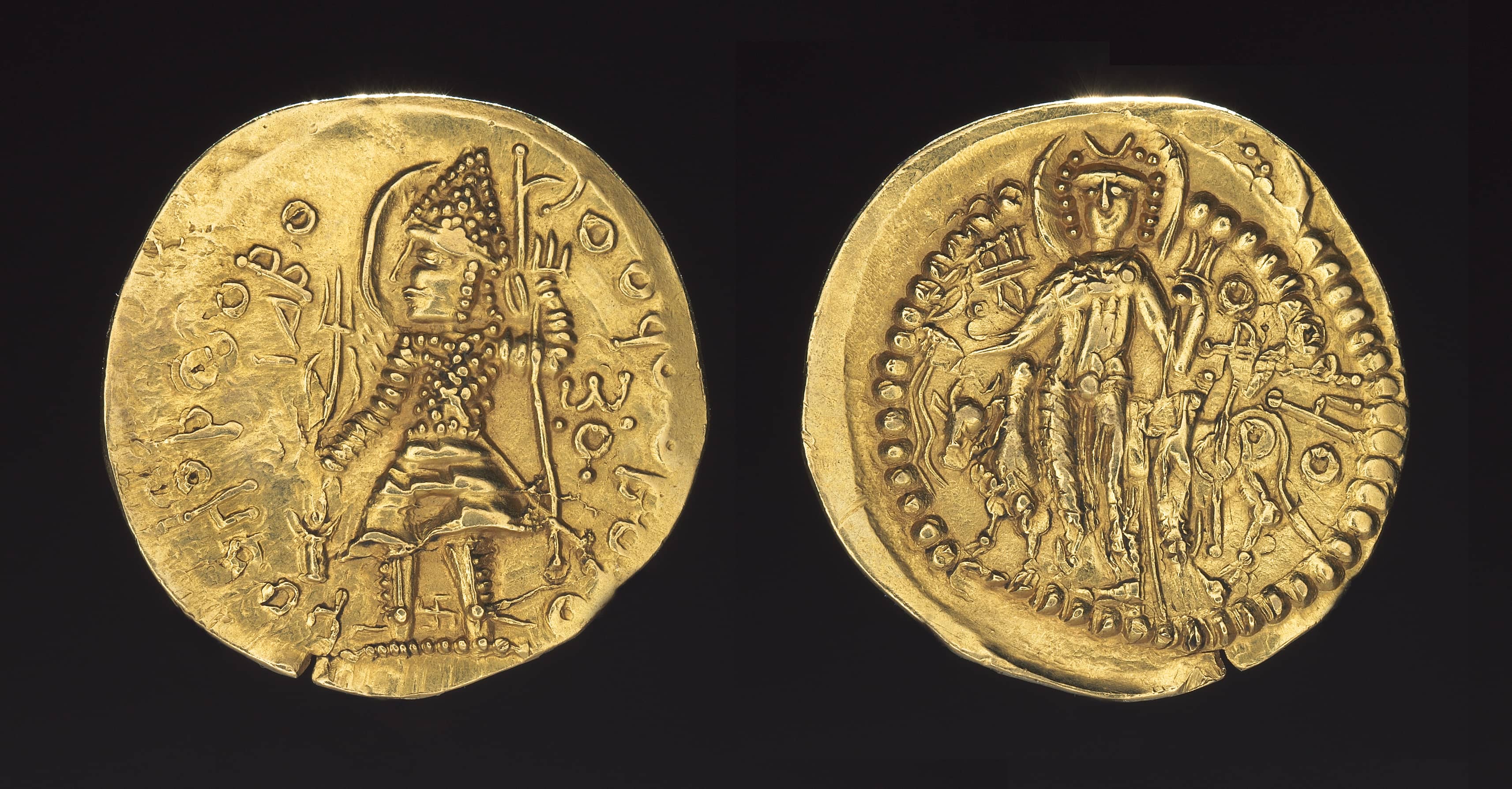
Highlights
Must-see attractions

Social
From TikTok & Reddit
Best Time
Fewer crowds, more focus

RBI Monetary Museum
Best Time
Fewer crowds, more focus

Highlights
Must-see attractions
Explore India's monetary evolution through ancient coins, historical banknotes, and banking history at this free museum.
"A hidden gem offering a fascinating journey through the history of currency, banking, and finance in India."
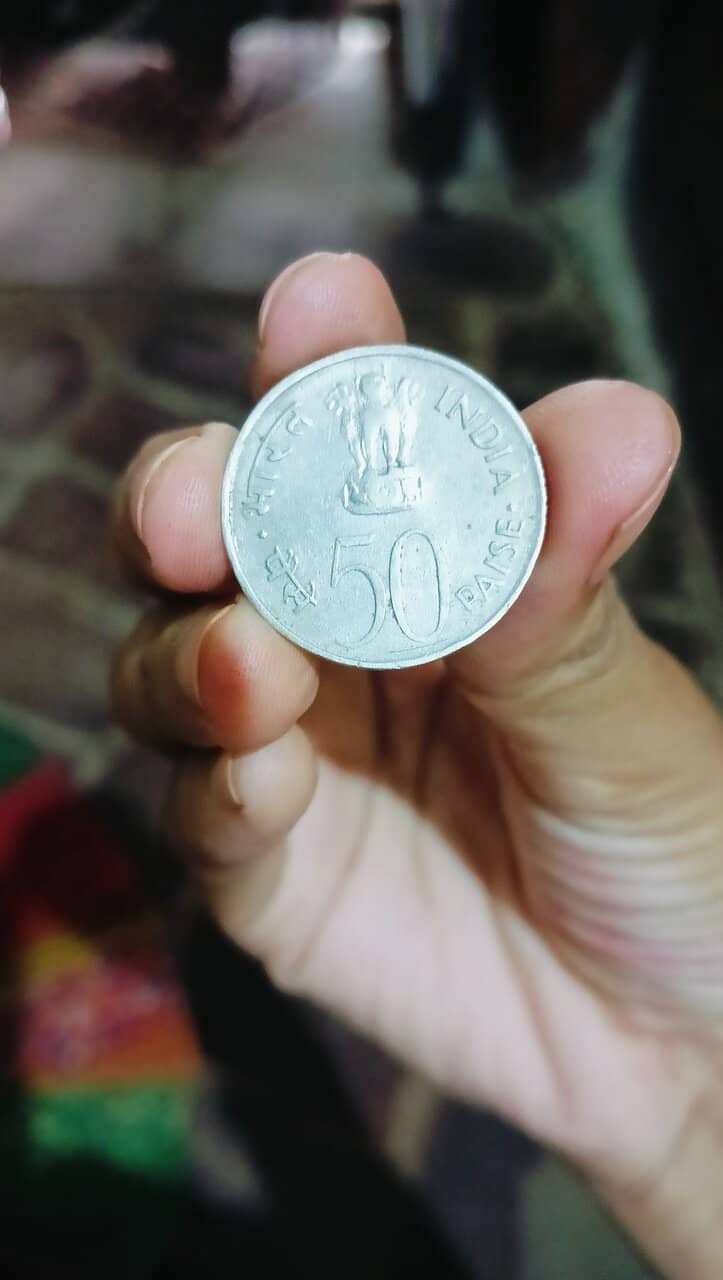
🎒 Locker Facility Available
No bags or phones allowed inside. Use the free locker facility to store your items securely.
📸 No Photography Allowed
Remember, cameras and mobile phones are strictly prohibited inside the museum.
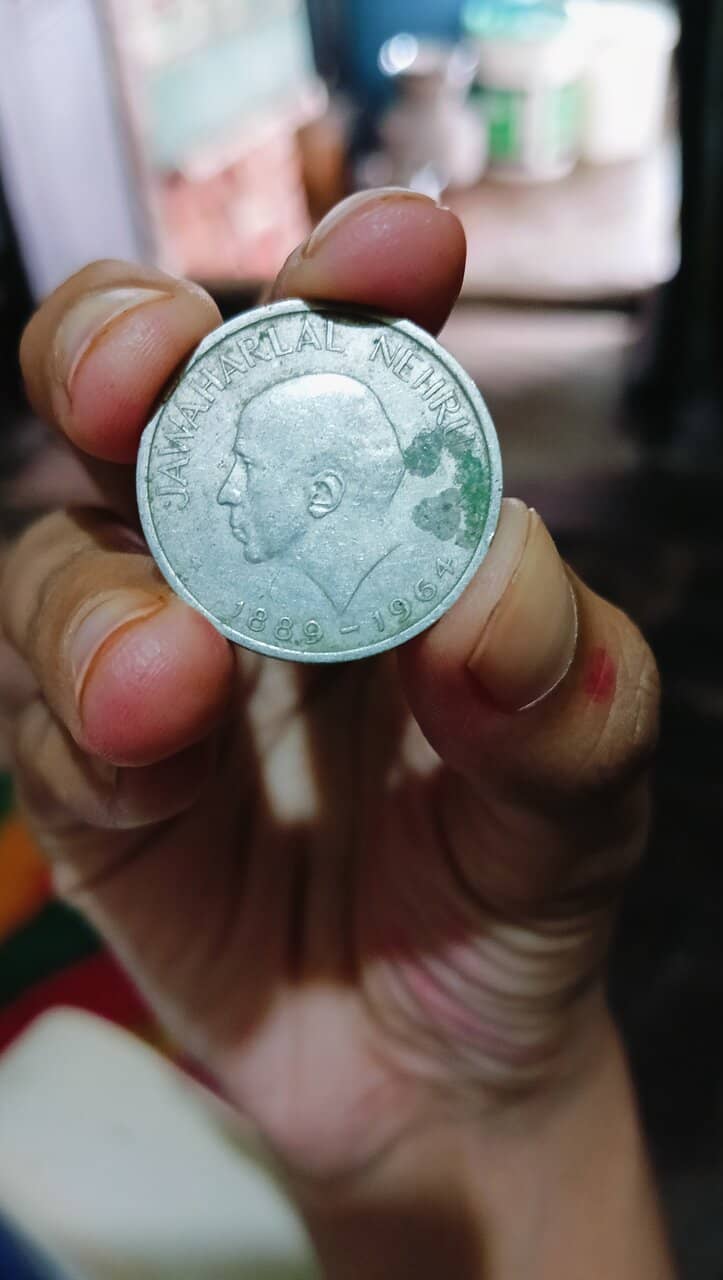
Highlights
Discover the most iconic attractions and experiences

Ancient Coin Collection
Exhibit Hall
Marvel at coins from Maurya, Gupta, and Mughal eras, tracing India's monetary past.
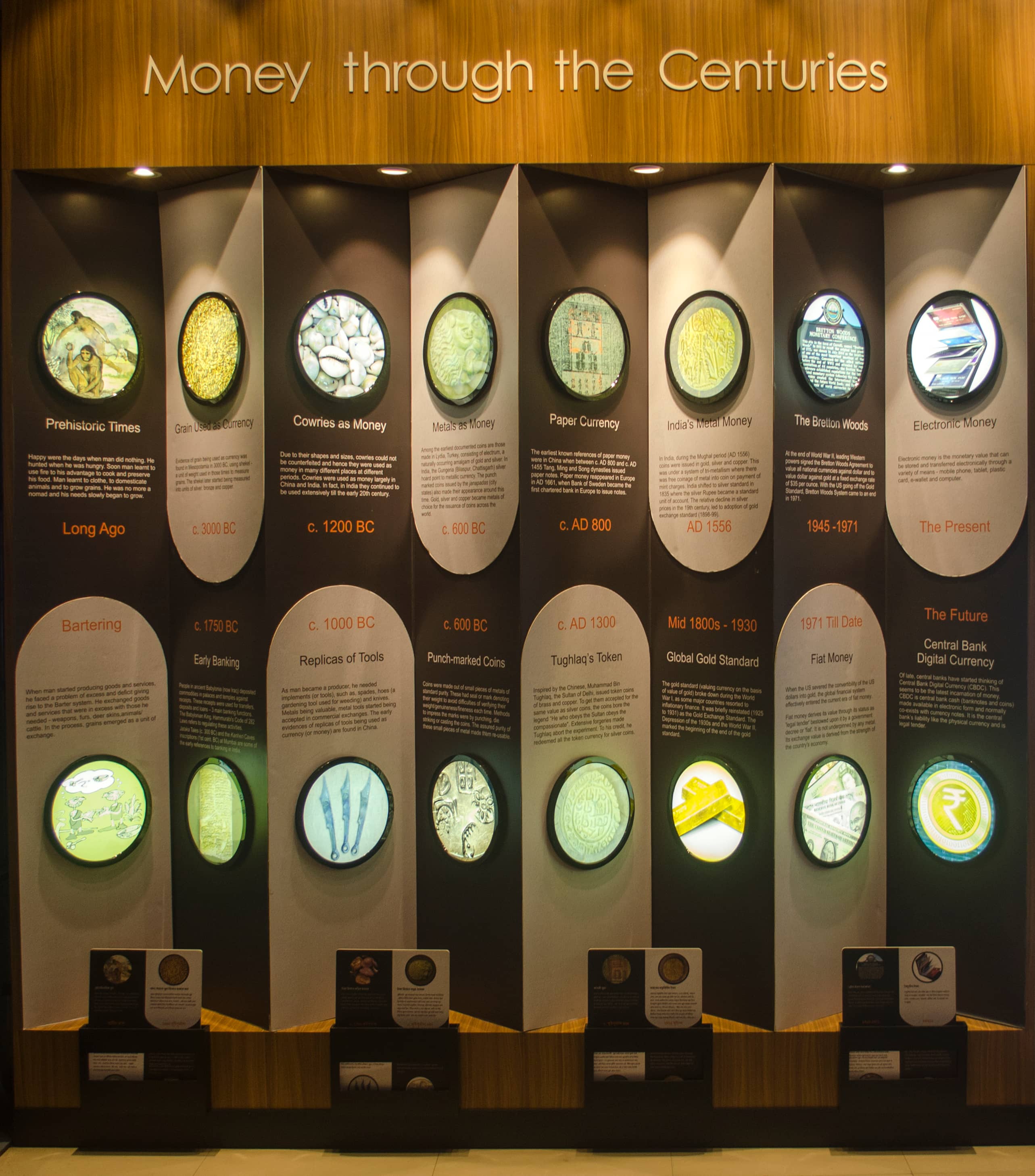
Paper Currency Evolution
Exhibit Hall
See the fascinating journey of Indian banknotes, from historical issues to modern currency.
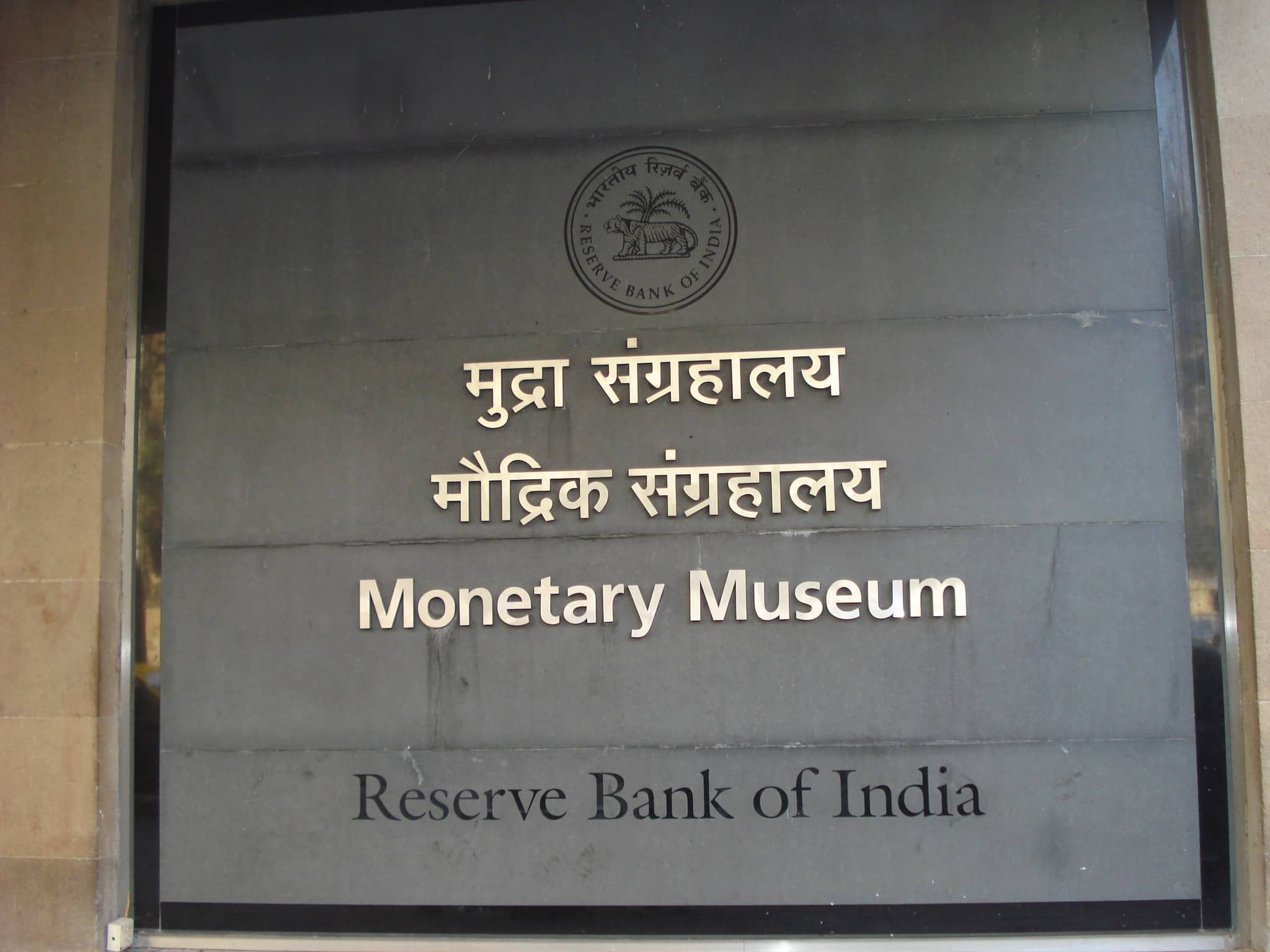
Financial History Insights
Exhibit Hall
Understand the role of the RBI and key banking reforms that shaped India's economy.
Plans like a pro.
Thinks like you
Planning Your Visit
Plan Your Visit: Free Entry & Bag Policy
Time Your Visit: Quick Exploration
Best Times
Insider Tips
from TikTok, Instagram & Reddit
As someone who arrived in this city two months ago, which museums or places to learn about the city are worth visiting?
🎒 Locker Facility Available
No bags or phones allowed inside. Use the free locker facility to store your items securely.
📸 No Photography Allowed
Remember, cameras and mobile phones are strictly prohibited inside the museum.
what things i should know before going into the Mumbai City museum
👟 Comfortable Shoes Recommended
While not extensive, there's some walking involved. Wear comfy shoes for a pleasant visit.
⏳ Quick Educational Stop
Perfect for a short, insightful visit. Allocate 45 mins to 2 hours based on your interest.
Tips
from all over the internet
🎒 Locker Facility Available
No bags or phones allowed inside. Use the free locker facility to store your items securely.
📸 No Photography Allowed
Remember, cameras and mobile phones are strictly prohibited inside the museum.
👟 Comfortable Shoes Recommended
While not extensive, there's some walking involved. Wear comfy shoes for a pleasant visit.
⏳ Quick Educational Stop
Perfect for a short, insightful visit. Allocate 45 mins to 2 hours based on your interest.
What Travellers Say
Reviews Summary
Visitors praise the RBI Monetary Museum as a free, educational gem offering a fascinating journey through India's currency history. Its well-organized exhibits on ancient coins and banknotes are highlights, though some find the space limited and photography is prohibited. It's a highly recommended, compact stop for history and finance enthusiasts.
"Review of RBI Monetary Museum, Mumbai
The Monetary Museum of the Reserve Bank of India (RBI) is a hidden gem in Mumbai, offering a fascinating journey through the history of currency, banking, and finance in India. Located in Fort, South Mumbai, this museum is a must-visit for history buffs, numismatics enthusiasts, and anyone curious about the evolution of money.
Exhibits & Experience
The museum is well-organized, with interactive displays, rare coin collections, and historical artifacts that date back to ancient times. Some highlights include:
• Ancient Coins: A collection of coins from different eras, including Maurya, Gupta, Mughal, and British periods.
• Paper Currency Evolution: A timeline of Indian banknotes, including pre-independence notes and demonetized currency.
• Financial History: Information on the role of RBI, banking reforms, and economic milestones.
• Interactive Displays: Engaging exhibits explaining inflation, banking systems, and the importance of financial literacy.
Ambience & Accessibility
The museum is small but well-maintained, with air-conditioned interiors and detailed descriptions accompanying each exhibit. Entry is free, making it an excellent educational experience without any cost. It’s located in a prime area, making it easily accessible by local trains, buses, and taxis.
Pros & Cons
Pros:
✅ Unique and educational experience
✅ Well-organized and informative displays
✅ Free entry
✅ Great for students and history lovers
Cons:
❌ Limited space—takes around 45 minutes to explore
❌ No photography allowed inside
Final Verdict
The RBI Monetary Museum is a must-visit for anyone interested in India’s economic history. While not a large museum, it offers a wealth of knowledge in a compact space, making it a great stop during a visit to South Mumbai.
Rating: ⭐⭐⭐⭐☆ (4.5/5)
A hidden treasure that provides deep insights into India’s financial past—highly recommended!"
Amit Gupta
"This museum is very good. There are very old coins here and good information about them
No entry fee, mobile phones and cameras are not allowed inside the museum
The place has a strict no bags and no mobiles policy but they do have lockers to keep these safely"
ketan Ausarmal
"It's an awesome museum. It has coins on display from nearly 2500 years ago till the recent past. The history of currency in India, different kingdoms, the progress in currency matters. One section is on notes, Hundies and Bills of Exchange.
Entry is free. Phones, cameras or bags aren't allowed inside but a locker facility is available. 2 hours should be enough unless you are an enthusiast."
Zameer Gajiyani
What People Like
What People Dislike
Frequently Asked Questions
🚇 🗺️ Getting There
The RBI Monetary Museum is located in Fort, South Mumbai. It's easily accessible by local trains to CSMT (Chhatrapati Shivaji Maharaj Terminus) or Churchgate stations, followed by a short bus or taxi ride. Many bus routes also serve the area.
Parking can be challenging in the Fort area. It's generally recommended to use public transport or taxis to reach the museum to avoid parking hassles.
The closest major train stations are CSMT (Chhatrapati Shivaji Maharaj Terminus) and Churchgate. From either station, you can take a short auto-rickshaw or taxi ride to the museum.
Yes, numerous BEST bus routes operate in the Fort area, making it convenient to reach the museum by bus. Check local bus schedules for routes serving the Reserve Bank of India building.
Information on specific wheelchair accessibility is limited, but the museum is generally well-maintained. It's advisable to contact the museum directly for detailed accessibility information.
🎫 🎫 Tickets & Entry
The best part is that entry to the RBI Monetary Museum is absolutely free! This makes it a fantastic and accessible educational experience for everyone.
No advance booking is required. You can simply walk in during operating hours. Entry is free and on a first-come, first-served basis.
The museum typically opens in the morning and closes in the late afternoon. It's best to check the official RBI website or local listings for the most current operating hours, as these can sometimes change.
Museums often close on national holidays and sometimes on Mondays. It's advisable to confirm the museum's schedule before your visit to avoid disappointment.
No, bags are not allowed inside the museum. There is a locker facility available to store your bags safely during your visit.
🎫 🧭 Onsite Experience
Photography is strictly prohibited inside the RBI Monetary Museum. Mobile phones and cameras are not allowed in the exhibition areas.
Most visitors find that 45 minutes to 1.5 hours is sufficient to explore the museum thoroughly, depending on their level of interest in numismatics and financial history.
You can expect to see a fascinating collection of ancient coins, historical Indian banknotes, information on banking reforms, and interactive displays explaining financial concepts.
Yes, the museum offers an educational experience that can be engaging for older children and students interested in history and economics. The interactive displays can be particularly appealing.
Information on guided tours is not widely available. The exhibits are well-labeled, allowing for self-guided exploration.
🍽️ 🍽️ Food & Dining
There are no food or beverage facilities within the museum itself. However, the Fort area is bustling with many cafes, restaurants, and eateries offering diverse cuisines.
No, food and drinks are not permitted inside the museum, similar to the policy on bags and phones.
You'll find a wide range of dining options nearby, from local street food stalls to upscale restaurants, catering to various tastes and budgets.
📸 📸 Photography
No, photography is strictly prohibited inside the museum. This is a common rule in many museums to preserve the artifacts and ensure a focused visitor experience.
You can generally take photos of the museum's exterior. The RBI building itself is an iconic landmark, and its surroundings are usually fine for photography.
The Fort area, where the museum is located, offers many architectural and historical photo opportunities, including the RBI building and nearby colonial-era structures.
For Different Travelers
Tailored advice for your travel style
👨👩👧 Families with Kids
Remember the no-bag and no-phone policy; ensure kids are aware of this beforehand to avoid any issues. The museum is relatively small, making it manageable for shorter attention spans. It's a great way to introduce children to India's economic history in a tangible way, sparking curiosity about finance and the value of money.
📚 Students and History Buffs
History buffs will appreciate the detailed information on banking reforms and the role of the RBI. The museum's location in the historic Fort area also adds to the experience, allowing for a broader exploration of Mumbai's colonial past. Allocate a good hour or two to fully absorb the rich historical context presented.
💰 Budget Travelers
Combine your visit with other free or low-cost attractions in the Fort area, such as exploring the architecture of the RBI building itself or walking around the historic district. Just remember to factor in the locker fee if you have bags, though this is usually minimal.
Deep Dives
In-depth insights and expert knowledge
The Evolution of Indian Currency
Beyond coins, the museum delves into the history of paper currency, displaying early Indian banknotes, hundis (traditional Indian financial instruments), and bills of exchange. It highlights the transition from barter systems to standardized currency and the role of various institutions in its issuance. The displays are informative, providing context on the economic conditions and political landscapes that influenced these changes. It’s a journey that underscores how currency is not just a medium of exchange but also a reflection of a nation's heritage and progress.
Understanding the Reserve Bank of India (RBI)
Visitors can learn about key banking reforms, the introduction of new monetary policies, and the RBI's function in managing inflation and promoting financial literacy. Interactive displays often simplify complex economic concepts, making them accessible to a general audience. This section provides valuable insights into the institution that underpins India's financial landscape, offering a deeper appreciation for its significance.





Social
from TikTok, Instagram & Reddit